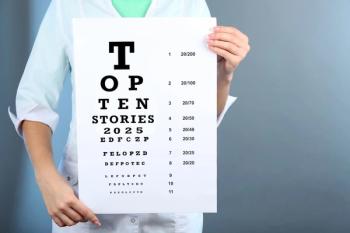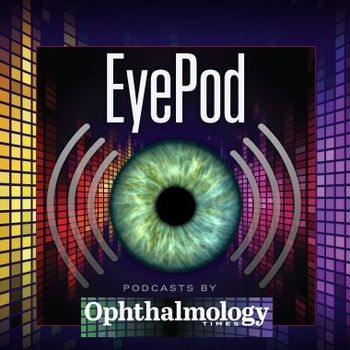
Nanoscope Therapeutics initiates rolling submission of BLA to FDA for MCO-010
Key Takeaways
- Nanoscope's MCO-010 is a pioneering gene-agnostic therapy for retinitis pigmentosa, targeting broad genetic diversity in RP patients.
- The BLA for MCO-010 is under rolling review by the FDA, with full submission anticipated by early 2026 and eligible for priority review.
MCO-010 is a gene-agnostic therapy for retinitis pigmentosa.
Nanoscope Therapeutics announced its rolling submission of a biologics license application (BLA) to the US Food and Drug Administration (FDA) for MCO-010 for the treatment of vision loss caused by
Nanoscope’s BLA has been granted rolling review by the FDA, with the first modules already submitted. The completion of the full BLA submission is anticipated in early 2026 and is eligible for priority review under the program’s fast-track designation.1
MCO-010 is Nanoscope’s lead investigational therapy designed to address the broad genetic diversity of RP. MCO-010 is a gene-agnostic
Affecting more than 100,000 people, leaving more than 25,000 legally blind, RP is one of the leading causes of blindness in the working-age population in the US.1
“For the first time, patients who are considered to be on a path to permanent blindness may have a chance to regain sight,” said Sulagna Bhattacharya, CEO and co-founder of Nanoscope, in a press release.
“We are deeply thankful to the FDA for their guidance as we remain steadfast in our mission to restore vision and bring light back into the lives of those living in darkness.”
The RESTORE phase 2b trial demonstrated MCO-010 met its best corrected visual acuity (BCVA) endpoints in both dose groups at 52 weeks versus sham control. Vision gains from baseline were >0.3 LogMAR, a result equivalent to 3 or more lines on an eye chart.
Visual acuity gains have been observed in ongoing long-term follow-up through 3 years, with no serious adverse events reported in treated eyes. Nanoscope said further multi-year follow up is scheduled to evaluate longer-term efficacy and safety.1
“It’s the first time the FDA will be evaluating an application for a gene-agnostic therapy for inherited retinal disease,” Glenn Sblendorio, chairman of the board of directors for Nanoscope, said in a press release.
“We feel confident in our clinical data, which we believe will mark the dawn of a new era in retinal care. Our goal is to bring back the light of hope for RP patients—and eventually for many other retinal degenerative conditions.”
Reference:
Nanoscope Therapeutics. Nanoscope Therapeutics Initiates Rolling Submission of Biologics License Application to FDA for MCO-010, the First Gene-Agnostic Therapy to Treat Retinitis Pigmentosa. Prnewswire.com. Published July 14, 2025. Accessed July 14, 2025. https://www.prnewswire.com/news-releases/nanoscope-therapeutics-initiates-rolling-submission-of-biologics-license-application-to-fda-for-mco-010-the-first-gene-agnostic-therapy-to-treat-retinitis-pigmentosa-302503892.html
Newsletter
Don’t miss out—get Ophthalmology Times updates on the latest clinical advancements and expert interviews, straight to your inbox.













































